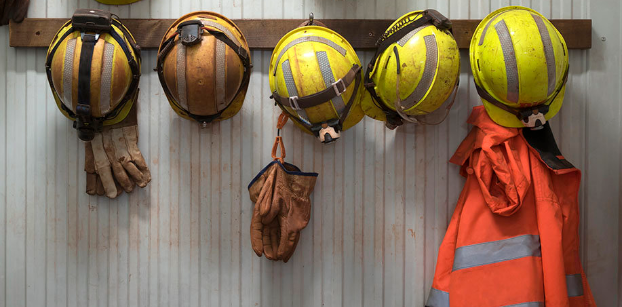This year on April 28 the International Labour Organization’s World Day for Safety and Health at Work is linking forces with the World Day Against Child Labour in a joint campaign to improve the occupational safety and health of all employees, regardless of age.
Every day 6,300 people die as a result of occupational accidents or work-related diseases – more than 2.3 million deaths per year. Roughly 317 million accidents occur on the job annually; many of these resulting in extended absences from work. The human cost of this daily adversity is enormous and the economic burden of poor occupational safety and health practices is estimated at 4% of global Gross Domestic Product each year.
According to the U.S. Bureau of Labor Statistics, from April to July 2017, the number of employed youth 16 to 24 years old was 20.9 million. The most frequents type of injuries to these young workers include sprains, strains, and tears (more prevalent among young women) and cuts and lacerations (more prevalent among young men). While recent fatality statistics were unavailable, CFOI data indicate an average of 67 work-related deaths per year occurred among youths under 18 between 1992 to 1998.
Around the globe, 541 million young workers – which includes 37 million children in hazardous child labour – account for more than 15 per cent of the world’s labour force and suffer up to a 40% higher rate of non-fatal occupational injuries than adult workers older than 25.
On a micro level, occupational health and safety issues can be an organization’s greatest nightmare. Aside from serious employee relation issues and external reputational damage, work-related accidents affect:
- Productivity related to loss of output or production
- Medical costs
- Quality of life monetary valuations for pain and suffering
- Administrative costs associated with reporting a workplace accident and applying for social security payments or worker compensation
- Insurance premiums and compensation payments
Measuring the perceptions of full-time, part-time, contract and temporary summer employees is fundamental to building a safe workplace. What this means is asking employees for predictive, “what-if” observations about certain safety-related behaviors in the workplace and how they (may or may not) impact safety outcomes.
Safety surveys, combined with action planning, send powerful messages underscoring workplace safety as a priority. The biggest success factors are galvanizing employee involvement and senior management commitment. The more employees and leadership engage in the safety process, the more safety outcomes and productivity will improve, and ultimately, numbers and severity of injuries will decline.
Join community leaders and other organizations promoting World Day for Safety and Health at Work this April 28.
- Speak out.
- Post web articles.
- Send tweets and emails.
- Takes steps to engage employees in the safety and health of your workplace.





